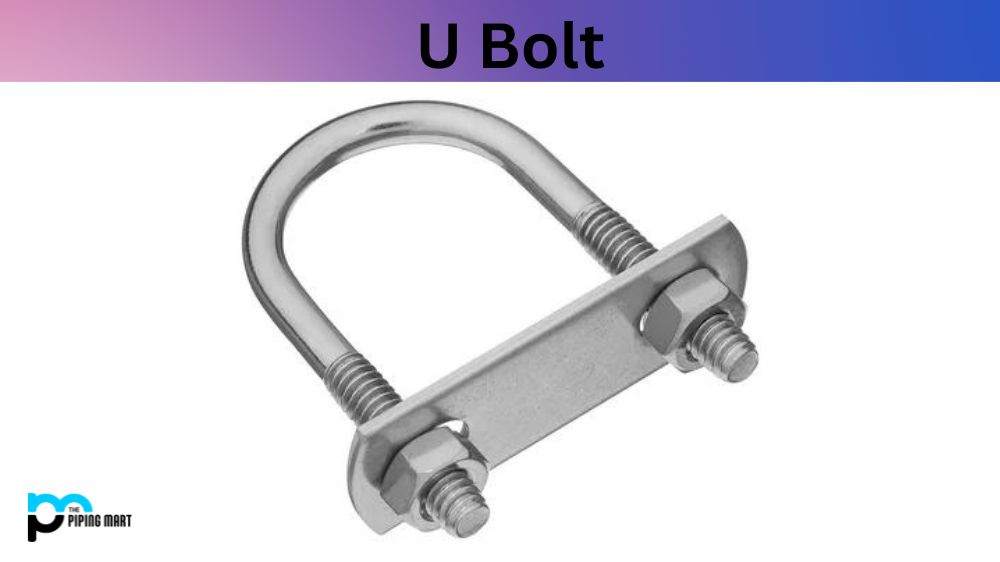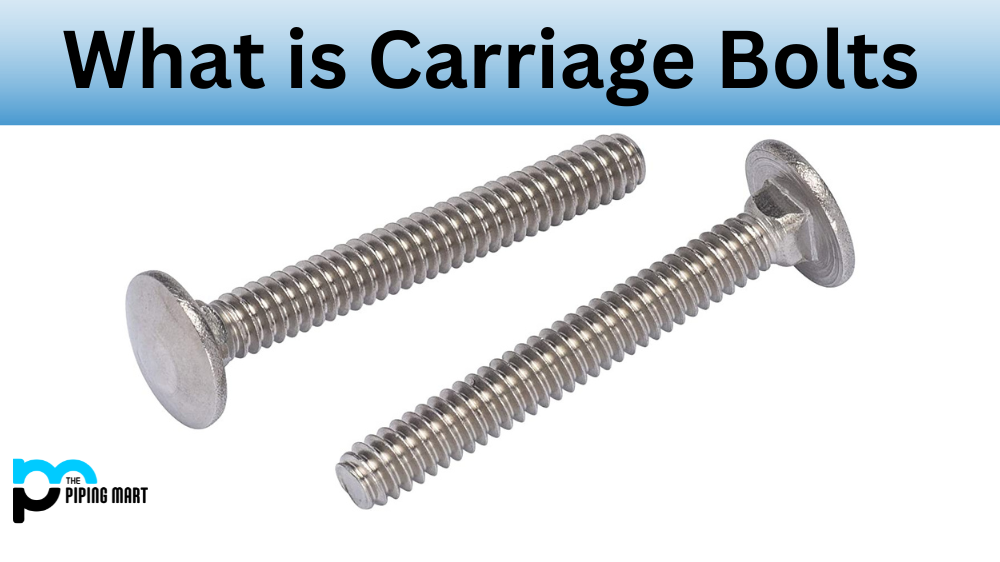Aircraft fasteners are essential components of all aircraft. They are used to secure parts together and play a vital role in the safety and performance of the aircraft. There are many different types of aircraft fasteners, each with its own unique properties and design features that make them suitable for specific applications. In this blog post, we’ll look at some of the most common types of aircraft fasteners and how they can strengthen an aircraft’s structure.
Types of Aircraft Fastener
Rivet
Rivets are cylindrical pins that are inserted into pre-drilled holes in two joined pieces of metal and then deformed so that they expand to securely hold the two pieces together. Rivets come in many shapes and sizes, with round-head rivets being one of the most commonly used types for aircraft construction. These rivets have a round head on one end, which is used to drive them into place, while the other end has a point that is upset during installation to create a mushroom-like shape which helps keep it firmly in place. Additionally, there are other types, such as blind rivets, which do not require access from both sides in order to be installed.
Anchor
Anchors are one of the most important parts of any aircraft and play a critical role in safety and functionality. Whether they are used to attach cables and wires, seatbelts, or structural components, aircraft anchors provide the secure fastening that is necessary for air travel. Some anchors feature integrated bonding capabilities, which provide extra protection for cabin occupants and additional rigidity for the airframe structure. Keeping these fasteners in good condition is essential for both operational reliability as well as passenger safety. As such, anchor maintenance should form an integral part of any routine aircraft service cycle.
Locking Bolt
Locking bolts are a type of aircraft fastener that use friction – rather than threading – to maintain their secure affixation. This helps to provide superior aerodynamic performance and reliable assembly in all conditions. Rather than relying on any specific software or hardware, locking bolts minimize potential maintenance costs while securing components within the entirety of an aircraft’s airframe. They can be used for lightweight components such as panels, ducts, and doors, to heavier assemblies such as wing spars. Locking bolts are a critical component of the manufacturing, maintenance, and operation of modern aircraft, providing effective security and allowing them to take flight with enhanced confidence.
Collar
Collars are small but incredibly important fasteners used on aircraft that hold pieces of the plane together. Collars come in a variety of shapes and sizes, and they play an integral role in ensuring that an aircraft stays securely connected. The design of collars must be strong enough to withstand unhindered performance while also being lightweight enough to minimize the effect on an aircraft’s fuel efficiency. They often need to be replaced due to normal wear and tear, so they are typically made using materials that are robust enough to stand up to harsh conditions yet flexible enough to be removed and easily tightened again. For this reason, collars have become essential for the safety and reliability of modern-day airplanes.
Security Screw
Security screws are a vital component of aircraft fasteners. These specialized screws are designed in such a way that they cannot be easily accessed by unauthorized persons or removed with standard tools. They provide an extra layer of safety and security, making it harder for outside intruders to gain access to sensitive areas. Security screws come in various sizes, threads, and lengths, depending on what they’re used for, making them incredibly versatile and an ideal choice for securing components while keeping them securely anchored in place. Furthermore, security screws are also highly durable and resistant to corrosion and other environmental elements due to their unique material composition. Every aircraft needs to be as safe and secure for its passengers as possible, so it’s a no-brainer why security screws have become essential components of any plane fastening system.
Bolt and Nut
Bolts and nuts are another type of fastener often used in aircraft construction. Bolts consist of a threaded shaft with a head on one end, while nuts have internal threads that correspond with those on the bolt so that they can attach together when tightened down by hand or using tools such as wrenches or screwdrivers. This type of fastener provides strong connections between materials as well as allows for easy disassembly if needed for maintenance or repairs.
Aircraft screws are another type of familiar fastener that is widely used in aviation applications due to their ability to provide strong connections without having to access both sides as bolts require. This makes it ideal for use in applications where space is limited or access from both sides is impossible due to its design features, such as recessed heads and self-tapping threads which allow them to be easily driven into place without needing additional tools or equipment.
Conclusion:
Aircraft fasteners play an important role in keeping an airplane safe by securely attaching parts together while providing strength and durability against the elements during flight. Rivets, bolts & nuts, and screws are just some examples among many different kinds available today each designed for specific purposes depending on their size, shape, material properties, and more! With proper application and maintenance, these essential components will ensure your aircraft’s performance remains optimal throughout its lifetime!

A passionate metal industry expert and blogger. With over 5 years of experience in the field, Palak brings a wealth of knowledge and insight to her writing. Whether discussing the latest trends in the metal industry or sharing tips, she is dedicated to helping others succeed in the metal industry.




